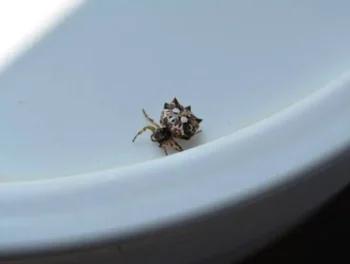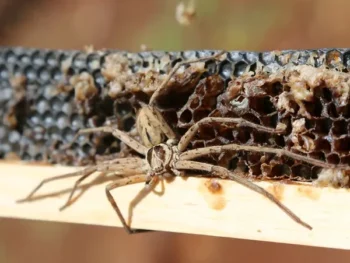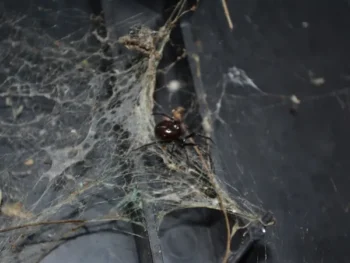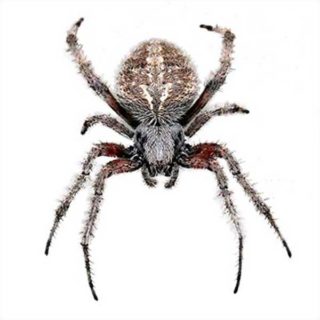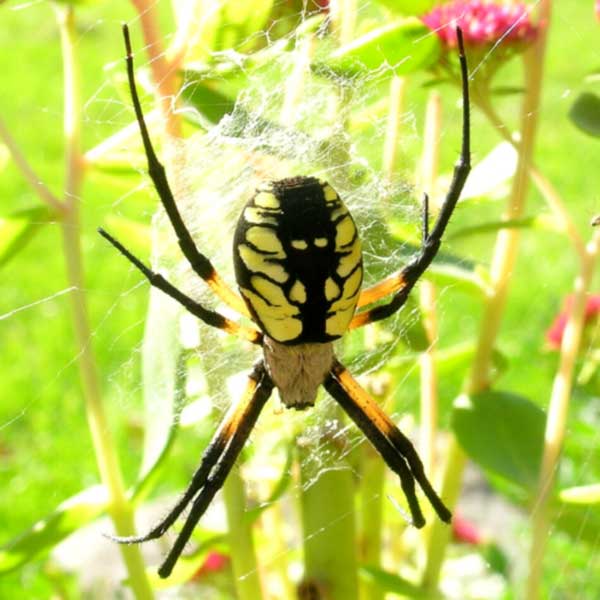
Yellow Garden Spiders in Kailua Kona
In order to avoid exposure to the wind, yellow garden spiders will spin their webs near plants in open sunny areas so maximize sun exposure and concealment from the wind. The zig-zac X-shape of the spider’s web is called a “stabilimentum,” and is known to eat and respin its web each night. Whatever the garden spider catches in its web is what it will consume.
Yellow Garden Spider Habitat
It is not uncommon to find the Yellow Garden Spider in spaces where human’s frequent, such as farms, gardens, and roadsides. They also prefer to live near bodies of water, wooded areas, and grassy plains. On the home, the spider usually will be located near the eaves or in tall vegetations since a web is easy to stretch in these places.
Yellow Garden Spider Behaviors, Threats, or Dangers
Despite their striking appearance, yellow garden spiders are relatively harmless and tend to flee rather than confront disturbances. Their venom is harmless to humans but aids in immobilizing prey, including flies, bees, and other flying insects ensnared in their webs. As carnivores feeding primarily on insects, these spiders contribute positively to the ecosystem, benefiting landscape and garden plants.
If you are dealing with excess yellow garden spiders, contact your local spider exterminators.
Need help with Yellow Garden Spider control?
Need Pest Control Service?
Leave your information below and we’ll be in touch with a FREE quote!
"*" indicates required fields
*During normal business hours. After hours calls will be returned the next business day.

